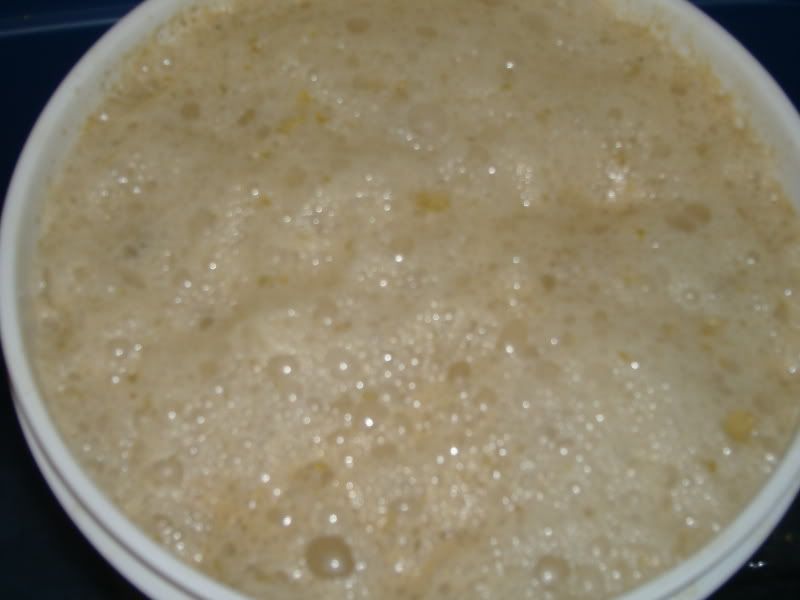I began using "open" fermentation a few batches ago. Anything I brew with top-fermenting yeast I now primary in an 8 gallon stainless steel megapot. So far, all of these batches have been my best to-date, and my friends who have tasted exclaimed to be of commercial quality. I myself, am impressed as well, really spot on.
I leave the pot's lid on most of the time, loosely if you will, but I open it at least once or twice a day to both see what's going on and ensure any built up off-gases are able to escape periodically. I'm currently re-culturing WLP001 as a "house" yeast for these beers, and starting a belgian culture now (I'm perfectly happy to have just these two around). Another benefit is the ability to skim off hop/grain particulate early and harvest viable yeast from the krausen. This collection method is far superior to using the dregs.
As someone who is actually using this method, I would have to recommend that this is a good way to go. So far, 0 contamination, in fact, I've gotten more contaminations from the fermenting bucket with lid and airlock.
In full activity, I do believe that yeast can protect itself from most of the problems brewers worry about. I always rack to secondary carboy just before the krausen drops - by this time, the beer has already reached (or is very close) to the terminal gravity and any later, will start to becom susceptible to contamination.
The thing that I feel is the greatest value is that I am much more in-tune with the fermentation process. I can tell when the yeast has reached peak and when its finished. That means my beers get exactly the amount of time needed to complete primary fermentation, no more no less. Another important aspect is that the vessel is wide (not tall like a bucket) which means more surface area for yeast to colonize, thus more contact with wort. Overall, the yeast seems to be free and able to work efficiently, much more so than in a bucket or especially carboy. So far, a 7% beer was finished in 7 days, 5% in 5 days. I wonder if a brew needs a day for each 1 percent??
Anyway, I highly recommend it!







